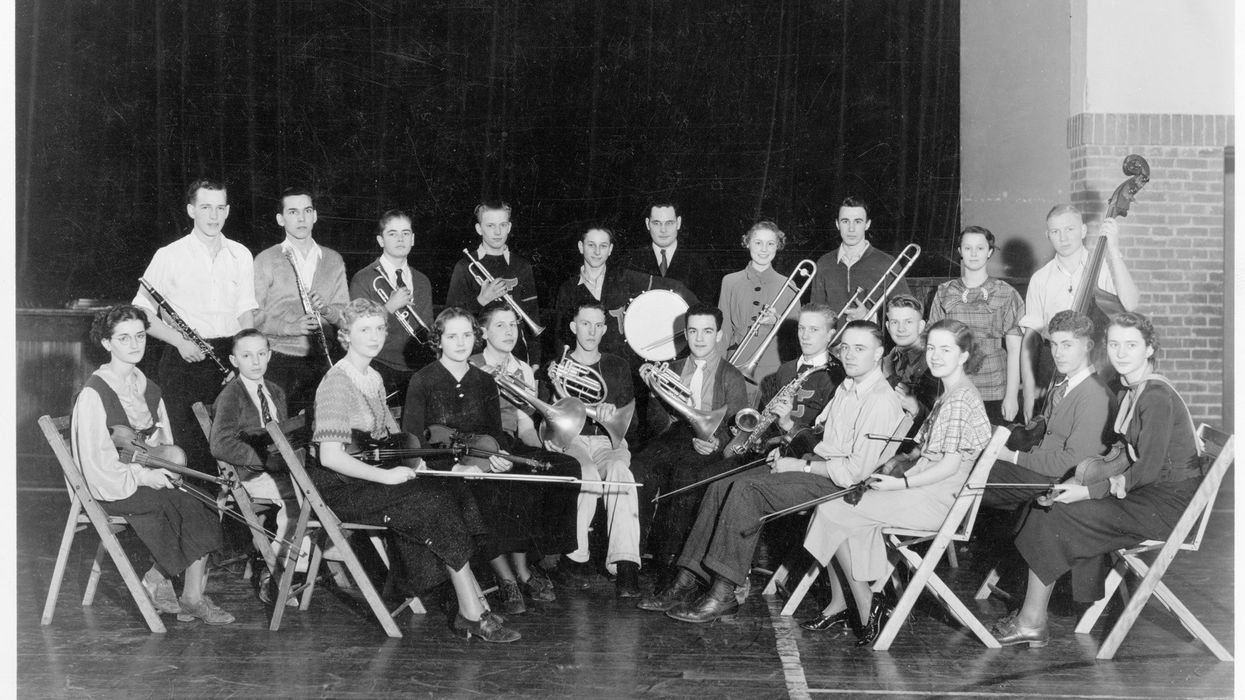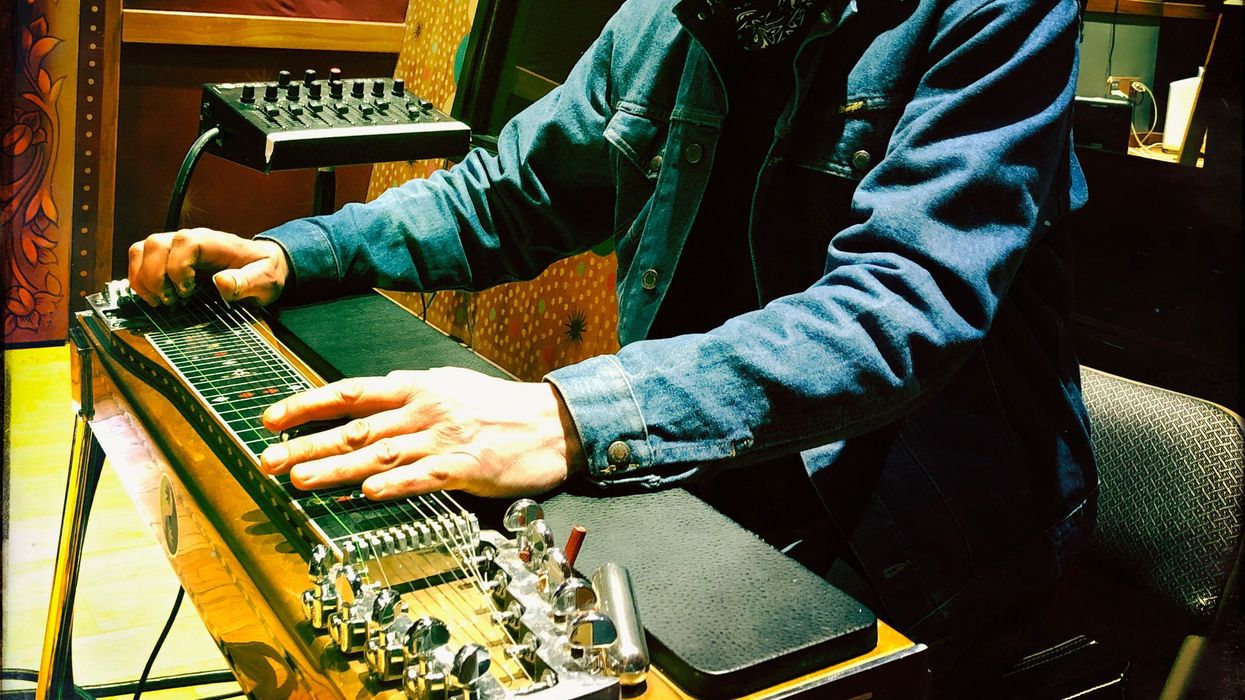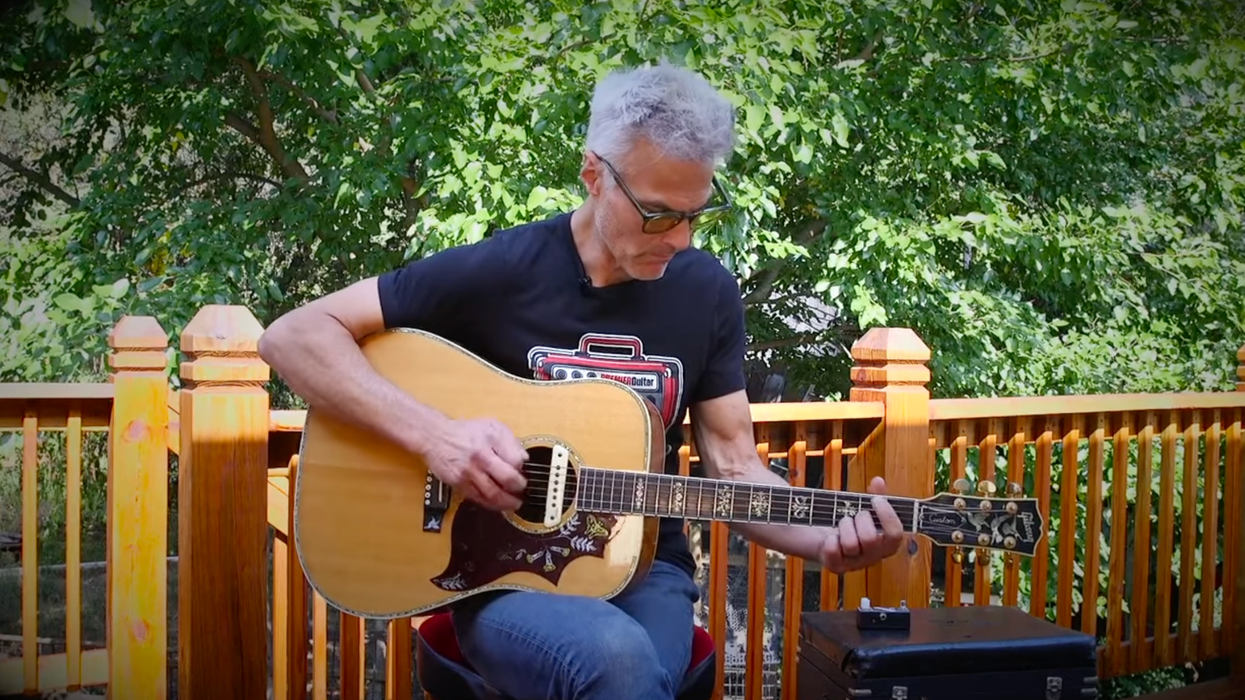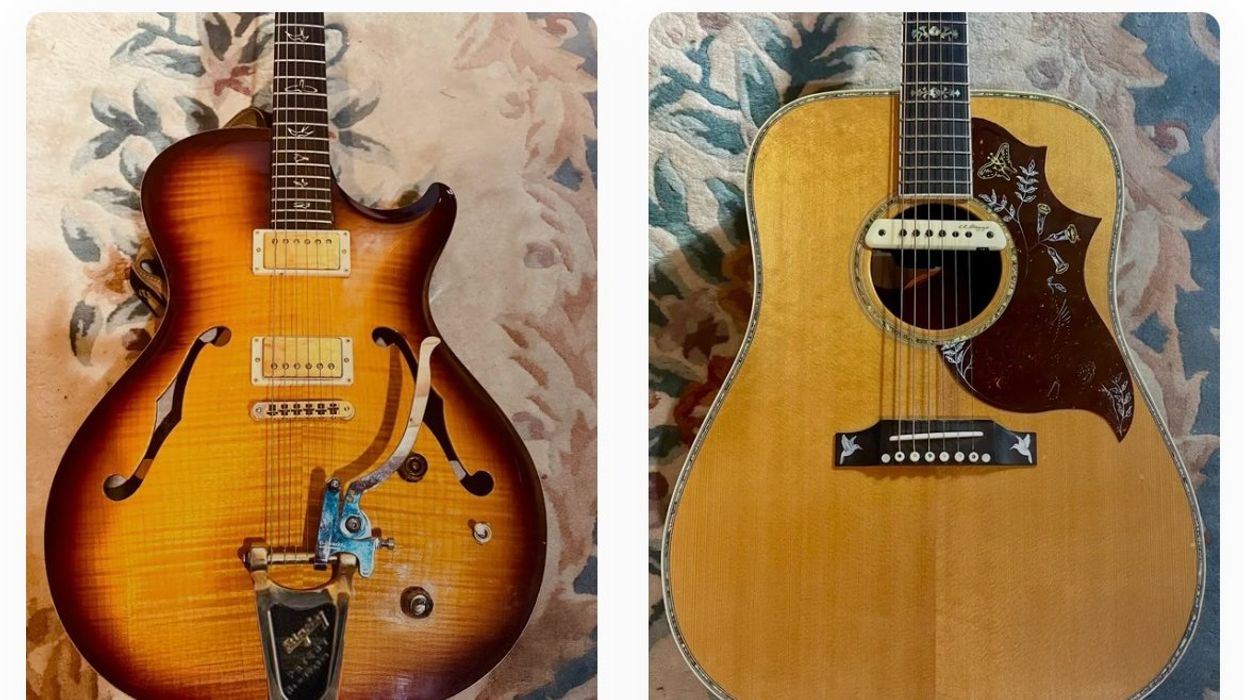In 1986, Robert Fulghum published a book of short essays entitled All I Really Need to Know I Learned in Kindergarten. The book became a hit, then was widely criticized as a trite, saccharine oversimplification. That may be the case, but the truth is, if everybody followed these 11 kindergarten rules, the world would be a better place.
Play well with others. Listen when others speak. Don’t interrupt. Share everything. Play fair. Don’t hit people. Put things back where you found them. Clean up your own mess. Don’t take things that aren’t yours. Say you’re sorry when you hurt somebody. Wash your hands before you eat.
While that’s an excellent start, I needed a few more lessons before I was ready for the world. Luckily, the Montana public school system gave me basically all the tools I needed to be a professional musician by the end of ninth grade.
Grades 1 through 3 were pretty blurry. But in the first week of fourth grade, things got interesting when the traveling orchestra instructor did a demonstration in the school cafetorium and I signed up for violin.
In the school orchestra, I learned how to zone in on pitch, how dynamics change feel, how to adjust tone with my hands, and, most importantly, I learned that music is a conversation between instruments, so you have to listen and follow. I also learned that space is music too. And, although I almost never need it today, I learned how to slowly and poorly read music. If you understand the basics of your instrument and go into a gig listening, taking cues, finding your spot, and watching your intonation, you’ll be fine anywhere. Orchestra taught me all of this.
“If you understand the basics of your instrument and go into a gig listening, taking cues, finding your spot, and watching your intonation, you’ll be fine anywhere.”
I was the worst kind of orchestra student; I played terribly and felt ashamed of being part of the nerd herd. I was a self-loathing nerd trying to pass for normal. I desperately wanted to quit but stayed from fourth grade through ninth, because as poorly as I played, being able to be part of a string section, or better yet, a full orchestra, was a deeply moving experience. Also, my parents laid out $120 on my used violin and wanted a return on their investment. By the end of ninth grade, guitar won the battle when I started jamming with friends and dropped the school orchestra for a garage band. But I’m glad I was able to build on that classical base.
Most guitar players start by learning the basic “how” by memorizing scale patterns, riffs, and chords. The last bit of the puzzle is to determine when you play. Learn the blistering run, but if you’re shoehorning those blistering runs where they don’t belong, you won’t accomplish your goal. Some players never really get that, because they get focused on the “how” and never learn “when.” The cool thing about orchestra is, you’re part of something bigger than yourself, working together, ideally in harmony. What a beautiful, spiritual life lesson.
The other great lesson I learned came from my ninth grade speech and drama class. I’ve referenced this before, but dammit, it’s worth repeating. One day, a professional actor came to our class and asked for volunteers. I walked to the front of the class and the actor said, “Okay, pretend you are all monkeys.” We all became monkeys, doing the simian, knuckle-dragging bounce, and loudly “ooh ah ah”-ing as we jumped around.
The actor then said, “Pretend you’re swimming.” We all happily, animatedly swam around. “Now, just be yourself.”
I don’t know what the other kids did, but I quietly freaked out as I stared at the floor, horribly uncomfortable as kids giggled. It only went on for a minute or two, but it felt like an eternity of anxiety.
The actor said, “It’s really hard to be yourself when you’re standing in front of people watching you. You feel like they are judging you, and sometimes, they are. But if you get in character and become that thing you want to portray, you can do anything without judgment. It’s just fun.”
I’ve used that trick ever since, and probably will for the rest of my life. If I’m playing a big show, I just pretend I’m Keith Richards. If I’m walking into a party, I pretend I’m well-informed and charming. If I’m filming a Rig Rundown or a gear review, I pretend I know what I’m talking about. I’ve been fooling the public with this trick for decades and have bluffed myself into a cool little career. I highly recommend it.
Although I did end up spending a lot of time in school, I can honestly say that everything I learned or accomplished was built on these few simple lessons. I utilize them everyday. Play well with others, listen, share, don’t interrupt, mind your intonation, and with great pretend-confidence, carry on like you know what you are doing.












![Devon Eisenbarger [Katy Perry] Rig Rundown](https://www.premierguitar.com/media-library/youtube.jpg?id=61774583&width=1245&height=700&quality=70&coordinates=0%2C0%2C0%2C0)



